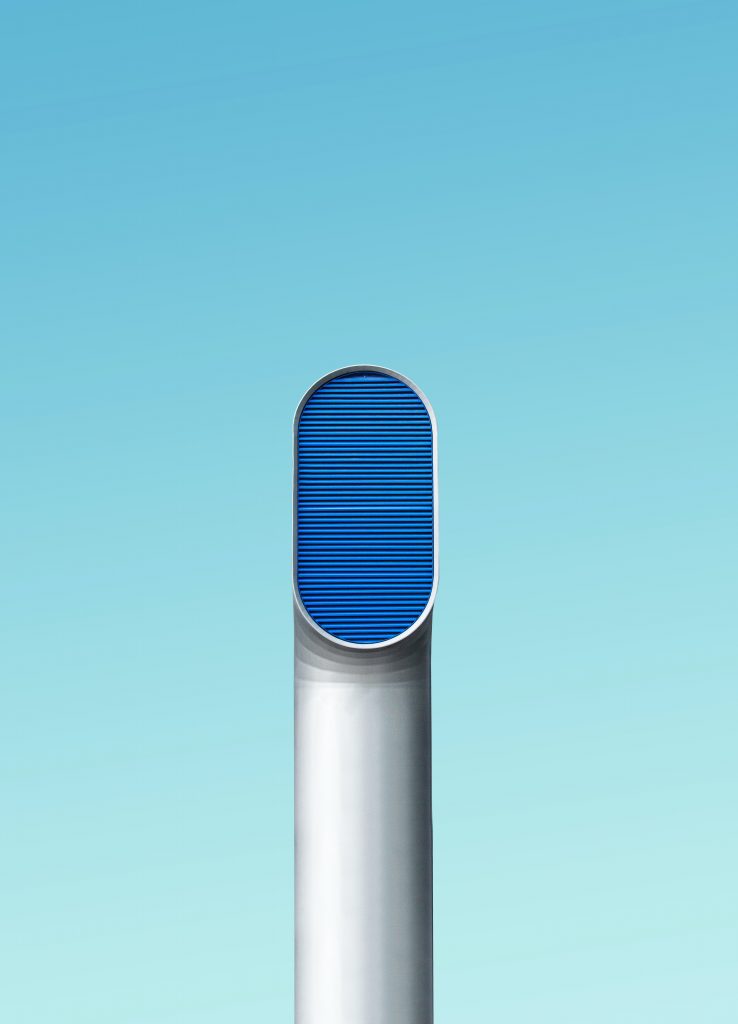By Michael Tobias
As COVID-19 lockdown measures are being relaxed worldwide after months of quarantine and isolation, it is essential for us all to take steps to minimize the risks of it spreading further.
Many buildings that were shut-down during lockdown are now being reopened, and people are returning to work. For this reason, engineering firms like NY-Engineers offer COVID-19 Resilient Building Reports that identify areas of vulnerability and ways to reconfigure heating, ventilation, and air-conditioning (HVAC) systems. By detecting and eliminating health hazards before you reopen your buildings you can save lives!
Even if you don’t opt for a report, which, of course, implies you want to upgrade systems to avoid infection, it is highly recommended that a professional HVAC engineer does a thorough inspection.
There are various steps that can be taken to counter the possibility of a COVID-19 outbreak in your building. For instance, increasing the outdoor air supply will help to dilute and remove air pollutants, bacteria, and viruses, and disinfecting and filtering the air will increase effectiveness.

Increasing Outdoor Air Supply and Optimizing Ventilation to Help Prevent COVID-19
Fresh air is essential to life, and unless the environment is polluted, the freshest air is outdoors. If air-conditioning systems don’t utilize an outdoor air supply, the danger is that occupants of buildings will be exposed to pollutants because the system circulates stale air rather than drawing in clean, fresh air from the outside of the building.
Even before the dangers introduced by COVID-19, there were air-conditioning challenges to prevent people from being exposed to normal things like mold, dust, chemicals, and animal hair as well as common airborne infections. Also, as air moves through our living areas, it absorbs dirt and dust which gets drawn into ducts and other parts of air-conditioning systems. This is why it is so important to keep air filters as clean as possible, and why introducing outdoor air can make the indoor environment more healthy.
Generally, it is considered judicious to design ventilation systems so that they optimize the use of an outdoor supply of air. In normal circumstances, in the interests of energy efficiency, when occupancies are high the outdoor ventilation rate will be increased, and when it is low, it is reduced correspondingly. But to combat COVID-19, the American Society of Heating, Refrigerating and Air-Conditioning Engineers (ASHRAE) recommends maintaining the highest possible outdoor airflow for as long as possible, ideally 24/7.
Because the transmission of the COVID virus is via the air, ASHRAE has also called on engineers and building owners to make changes to the operation of HVAC systems. They have advised that disabling HVAC systems is not recommended as a strategy to reduce the transmission of the deadly virus. Rather, both filtration and ventilation provided by HVAC systems can be reconfigured so that they reduce the concentration of SARS-CoV-2 in the air and in this way reduce the risks of it being spread through the air.
Building HVAC systems should also be reconfigured to reduce, or better still eliminate, air recirculation and prevent unnecessary air movement between different areas in the building. The air inside the building should be exhausted without being recirculated if possible, and replaced with outdoor air.
Using HVAC Filters and Air Purification to Minimize the Risk of Coronavirus Infection
Air filtering is a mechanical method of removing particles in the air. But it is disinfection that kills organisms, like bacteria, viruses, and even fungi and mold.
An HVAC or mechanical, electrical, and plumbing (MEP) engineer can identify the most effective ways to filter and purify the air in your building.
ASHRAE recommends that all HVAC filters be upgraded to those with a minimum efficiency reporting value (MERV) of at least 13. This is because the higher the MERV (the scale goes to 16), the smaller the virus and bacteria particles they can filter out of the air. Usually, the particles MERV 13-16 filters remove from the air are between 0.3 to 1.0 microns.
But it is important to note that it isn’t a good idea to simply upgrade air filters. The problem is that the more efficient the filter, the larger the pressure drop in the air distribution will be. So, it stands to reason that the HVAC system must be able to handle any drop in pressure that might result from upgrading filters. This is why it is vital for a professional to check the existing system and determine what the optimal filter ratings are.
High-efficiency particulate air (HEPA) filters capture close to 100% of tiny 0.3-micron particles, making them even more efficient than MERV filters. But, on the downside, there is an even greater risk of them causing a significant pressure drop. For this reason, they are not commonly used for HVAC systems.
Once the particles have been removed from the HVAC system by high-efficiency filters, disinfection to purify the air can follow. Ultraviolet germicidal irradiation (UVGI) is an excellent foil for filtration because it kills the harmful airborne particles and destroys their DNA.

